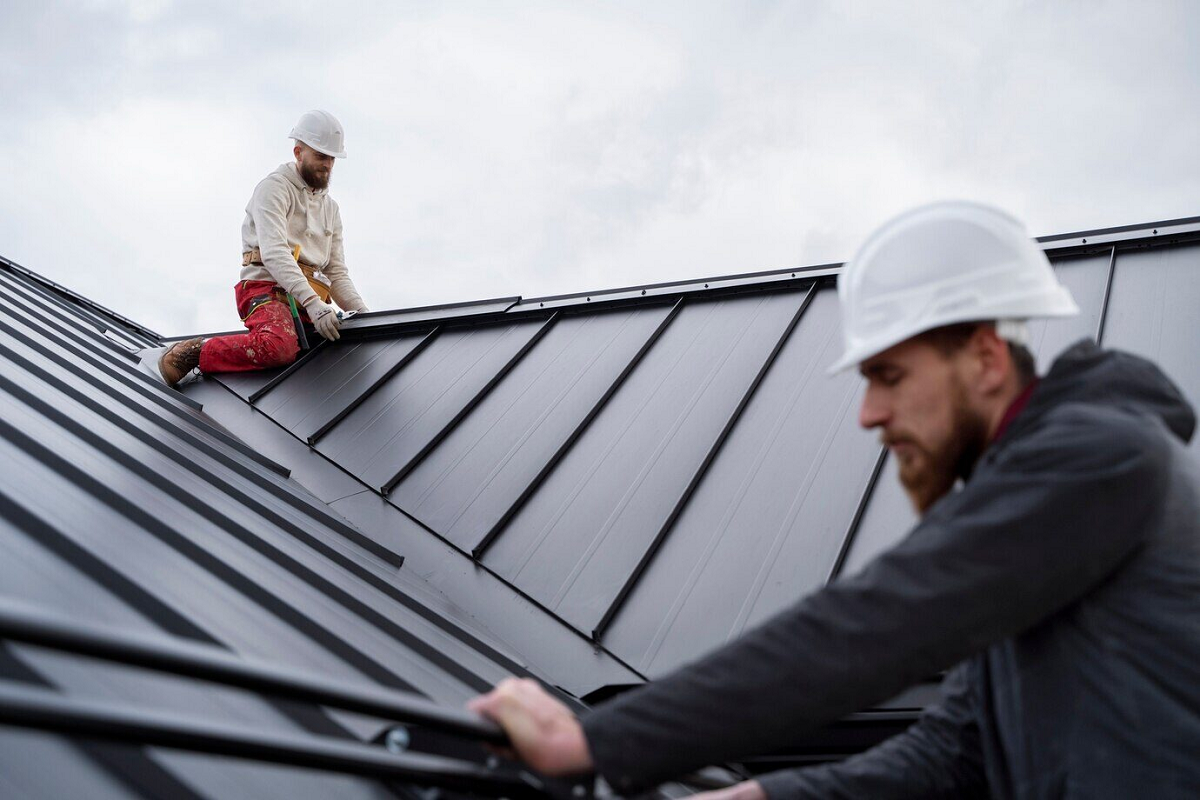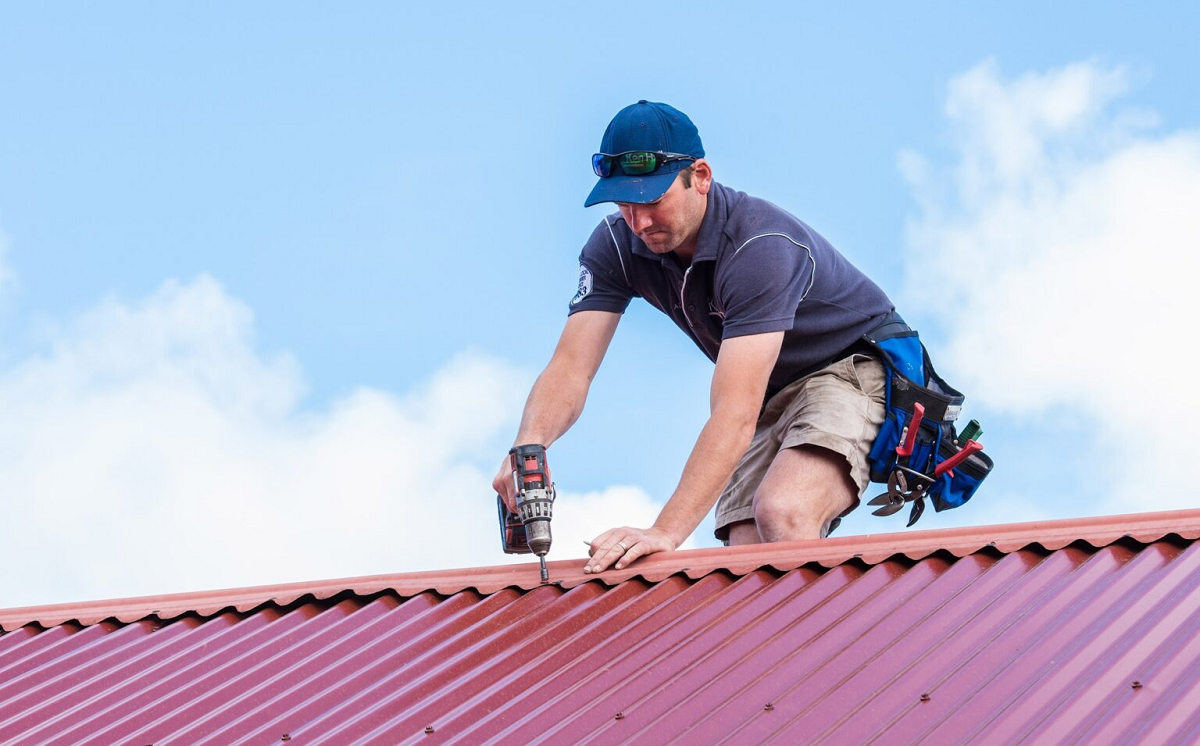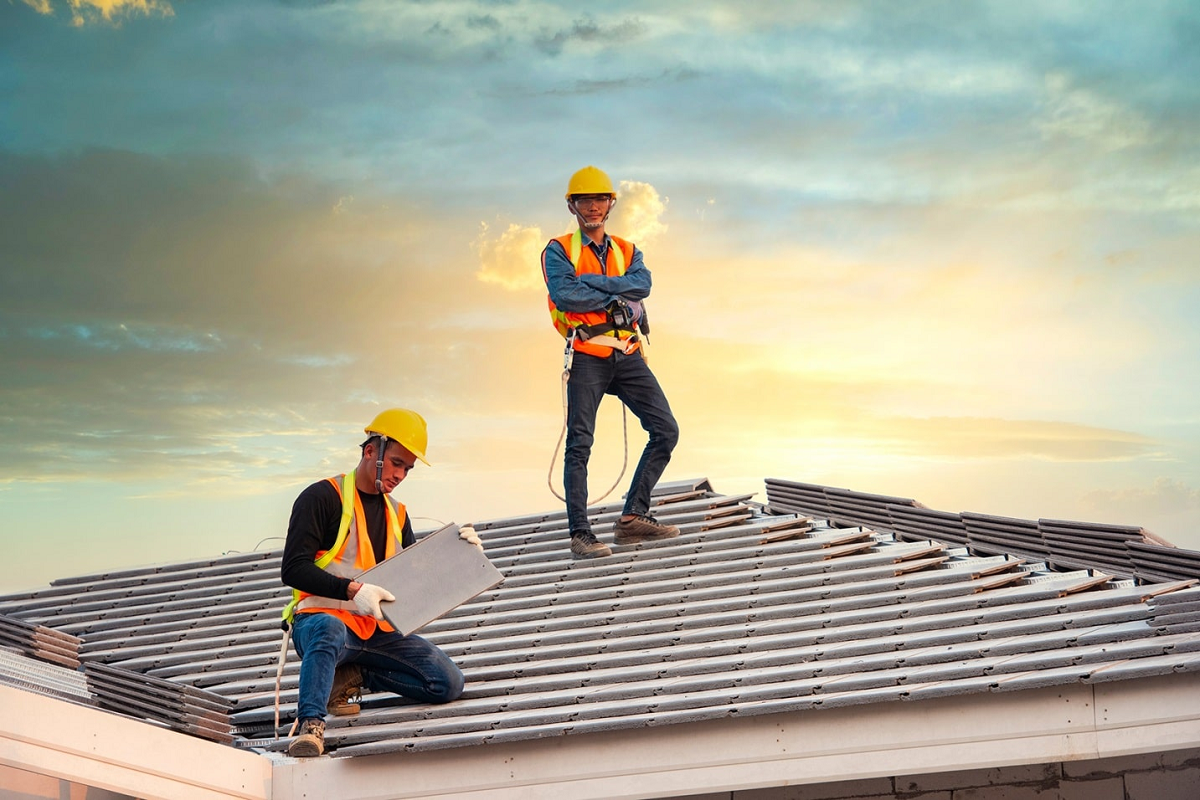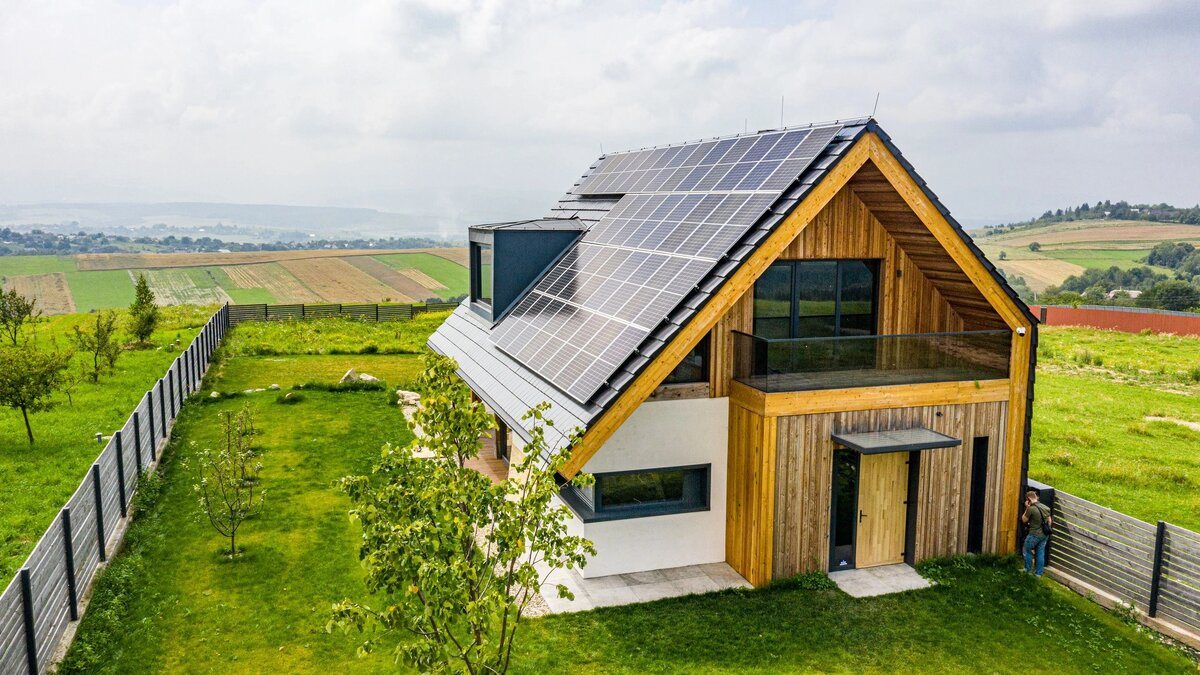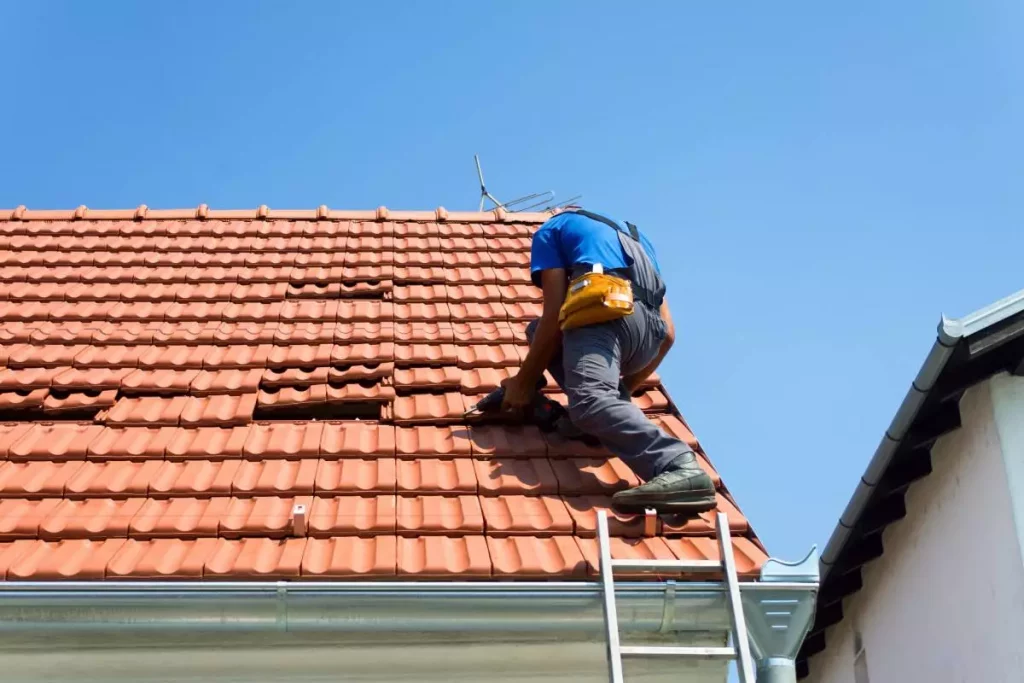Navigating Insurance Claims: Avalon's Guide To Roofing Coverage
Welcome to Avalon's comprehensive guide on navigating insurance claims for roofing coverage – an essential resource for homeowners looking to understand and maximize their insurance benefits in the face of roof damage. Your roof is your home's first line of defense against the elements, providing shelter and security to you and your loved ones. However, unforeseen events such as storms, hail, or other natural disasters can cause significant damage, necessitating prompt and effective insurance claims.
At Avalon, we understand the complexities and challenges that homeowners face when dealing with roofing insurance claims. Whether you're a first-time homeowner or someone who has never navigated the intricacies of insurance before, this guide is designed to demystify the process, empower you with knowledge, and ensure that you receive the coverage you deserve.
In the following sections, we will delve into the nuances of roofing insurance coverage, helping you understand the various types of coverage available and how to assess and document roof damage effectively. We'll guide you through the step-by-step process of initiating a claim, working with insurance adjusters, and provide strategies to maximize your insurance payouts. Additionally, we'll address common challenges such as claim denials or disputes and offer valuable tips for preventing future roof damage.
Embark on this journey with Avalon as we equip you with the knowledge and insights needed to navigate the often intricate landscape of roofing insurance claims successfully. Your peace of mind and the protection of your home are our top priorities. Let's begin the journey of safeguarding your investment and ensuring the longevity of your roof.
Understanding Roofing Insurance Coverage
Understanding roofing insurance coverage is crucial for homeowners seeking financial protection against potential damage to their roofs. Roofing insurance typically includes various types of coverage to address different aspects of the potential risks associated with roof damage.
Dwelling coverage is fundamental, as it protects the structure of the home, including the roof, from specified perils such as storms, fire, or vandalism. This coverage ensures that the cost of repairing or replacing the roof is covered by the insurance policy. Personal property coverage may also be applicable, covering belongings within the home that could be damaged due to a roof-related incident.
In addition to structural and personal property coverage, insurance policies often include additional living expenses coverage. This provision helps homeowners pay for temporary living arrangements if they are forced to vacate their homes while repairs are being made to the roof.
Liability coverage is another essential component, protecting homeowners from legal responsibilities in case someone is injured on their property due to roof-related issues. It's essential for homeowners to thoroughly review their policies to understand the extent of coverage provided and to identify any exclusions or limitations that may apply.
Careful consideration of the details in roofing insurance policies is paramount. Homeowners should be aware of the specific risks covered, the limitations of the coverage, and any deductibles that may apply. By understanding roofing insurance coverage comprehensively, homeowners can make informed decisions, ensuring they are adequately protected in the event of roof damage. Regular reviews and updates to the policy can also help homeowners stay ahead of changing needs and potential gaps in coverage.
Assessing Roof Damage
Assessing roof damage is a critical step for homeowners in maintaining the structural integrity of their homes and ensuring they can successfully navigate insurance claims. Here's a detailed look at how to effectively assess roof damage:
1. Signs of Roof Damage:
- Leaks and Water Stains: Check for water stains on ceilings and walls, as well as any signs of water leakage.
- Missing or Damaged Shingles: Inspect the roof for missing, cracked, or curling shingles, as they can leave the roof vulnerable to further damage.
- Dents on Metal Roofs: For metal roofs, look for dents and damage caused by hail or other severe weather conditions.
- Sagging or Uneven Roof: A sagging or uneven roofline could indicate structural damage that needs immediate attention.
2. Timely Inspection:
- Conduct regular visual inspections, especially after severe weather events such as storms, hail, or heavy snowfall.
- Use binoculars to safely inspect the roof from the ground and identify potential issues before climbing up.
3. Documenting and Photographing Damage:
- Take clear and comprehensive photographs of any visible damage. These images serve as crucial evidence when filing insurance claims.
- Document the date and time of the inspection to establish a timeline for when the damage occurred.
4. Professional Assessment:
- Consider hiring a professional roofing contractor to conduct a thorough inspection. Professionals can identify hidden or subtle damage that may not be apparent to the untrained eye.
- Obtain a detailed written report from the roofing professional outlining the extent of the damage and recommended repairs.
5. Insurance Documentation:
- Keep detailed records of all inspection reports, photographs, and professional assessments. These documents will be invaluable when communicating with insurance adjusters.
- Provide the insurance company with a clear and concise overview of the observed damage, backed by evidence.
By diligently assessing roof damage, homeowners can proactively address issues, prevent further deterioration, and streamline the insurance claims process. Regular inspections, both visual and professional, are essential in maintaining a robust and resilient roof, safeguarding the home and its occupants from potential risks.
Working With Insurance Adjusters
Working with insurance adjusters is a crucial aspect of the roofing insurance claim process, as they play a key role in assessing the damage, determining the validity of the claim, and ultimately deciding the payout amount. Here are some essential points to consider when dealing with insurance adjusters:
Understanding the Adjuster's Role:
- Insurance adjusters are representatives of the insurance company responsible for evaluating the extent of the damage and estimating the cost of repairs. They are trained professionals with the goal of protecting the interests of the insurance company.
Promptly Report the Claim:
- As soon as damage to the roof is identified, it's essential to report the claim to the insurance company promptly. Delays could lead to complications and may affect the outcome of the claim.
Documentation and Communication:
- Thoroughly document the damage with photographs and detailed descriptions before the adjuster arrives. Be prepared to provide any supporting documents, such as inspection reports or repair estimates. Clear and concise communication with the adjuster is vital.
Be Present During the Inspection:
- Whenever possible, be present during the adjuster's inspection. This allows you to point out specific areas of concern and ask questions about the assessment process. It also ensures that no damage is overlooked.
Obtain Multiple Quotes:
- If the adjuster's estimate seems low or if there are discrepancies, consider obtaining multiple quotes from reputable roofing contractors. These quotes can serve as evidence to support your claim for a fair payout.
Understand the Adjuster's Report:
- The adjuster will provide a detailed report outlining the scope of the damage and the estimated cost of repairs. Take the time to carefully review this report, and don't hesitate to seek clarification on any points that are unclear.
Negotiation and Advocacy:
- If the initial offer is insufficient to cover the necessary repairs, be prepared to negotiate with the adjuster. Present any additional evidence, such as quotes from contractors, to support your case. In some cases, hiring a public adjuster or a roofing expert may be beneficial.
Stay Professional and Polite:
- Maintain a professional and polite demeanor throughout the process. While emotions can run high when dealing with property damage, a cooperative and respectful approach can facilitate smoother negotiations.
By understanding how to effectively work with insurance adjusters, homeowners can increase the likelihood of a fair and reasonable settlement for their roofing insurance claim. It's important to be proactive, well-prepared, and communicative throughout the entire process.
Tips For Preventing Future Roof Damage
Preventing future roof damage is essential for maintaining the integrity of your home and avoiding costly repairs. Here are some tips to help you safeguard your roof:
Regular Inspections:
- Conduct regular inspections of your roof to identify any signs of wear and tear, loose or missing shingles, or other issues. Addressing minor problems early can prevent them from escalating into more significant damage.
Routine Maintenance:
- Perform routine maintenance tasks, such as cleaning debris from gutters and downspouts, removing overhanging branches, and checking for moss or algae growth. Keeping your roof clean and free of debris helps prevent water accumulation and potential damage.
Trim Overhanging Branches:
- Trim back overhanging branches to prevent them from scraping against the roof during storms. Falling branches can cause significant damage, and constant contact can wear down roofing materials.
Choose Durable Roofing Materials:
- Invest in high-quality and durable roofing materials that can withstand the local climate and weather conditions. Quality materials may have a longer lifespan and better resistance to elements like wind, hail, and UV rays.
Proper Ventilation:
- Ensure your attic has proper ventilation to prevent heat buildup. Excessive heat can accelerate the aging of roofing materials. Adequate ventilation helps maintain a consistent temperature, reducing the risk of damage.
Address Leaks Promptly:
- If you notice any signs of leaks or water damage inside your home, address them promptly. Water infiltration can lead to rot, mold growth, and further damage to your roof structure.
Professional Inspections:
- Schedule professional roofing inspections at least once a year. Roofing experts can identify potential issues that may not be apparent to the untrained eye. Their insights can help you take preventive measures before problems escalate.
Install Gutter Guards:
- Consider installing gutter guards to prevent leaves and debris from clogging your gutters. Clogged gutters can lead to water backup, causing damage to the roof and the home's foundation.
Secure Loose Materials:
- After severe weather events, check for any loose or displaced roofing materials and secure them promptly. Loose shingles or tiles can lead to further damage during subsequent storms.
Snow Removal:
- If you live in a snowy climate, remove accumulated snow from your roof using a roof rake. This helps prevent ice dams and the weight of snow from causing structural damage.
By implementing these preventive measures, you can significantly reduce the risk of future roof damage and extend the lifespan of your roofing system. Regular maintenance and vigilance are key to protecting your home and preserving the value of your investment.
In the journey of understanding and navigating roofing insurance coverage, we've delved into the intricacies of policy types, damage assessment, the claims process, and strategies for maximizing insurance payouts. Properly comprehending your roofing insurance is a cornerstone of responsible homeownership, providing financial security when unexpected events impact the integrity of your home.
As we conclude this guide, it's crucial to emphasize the proactive role homeowners can play in safeguarding their roofs and ensuring adequate coverage. Regular inspections, routine maintenance, and a vigilant approach to potential issues can go a long way in preventing future roof damage. Choosing durable materials, addressing leaks promptly, and collaborating with professionals for regular assessments are key components of a comprehensive roof care strategy.
Remember, insurance is not just about responding to incidents after they occur; it's also about prevention and risk mitigation. By staying informed and taking preventive measures, you not only protect your home but also potentially reduce the likelihood of facing challenging insurance claims.

